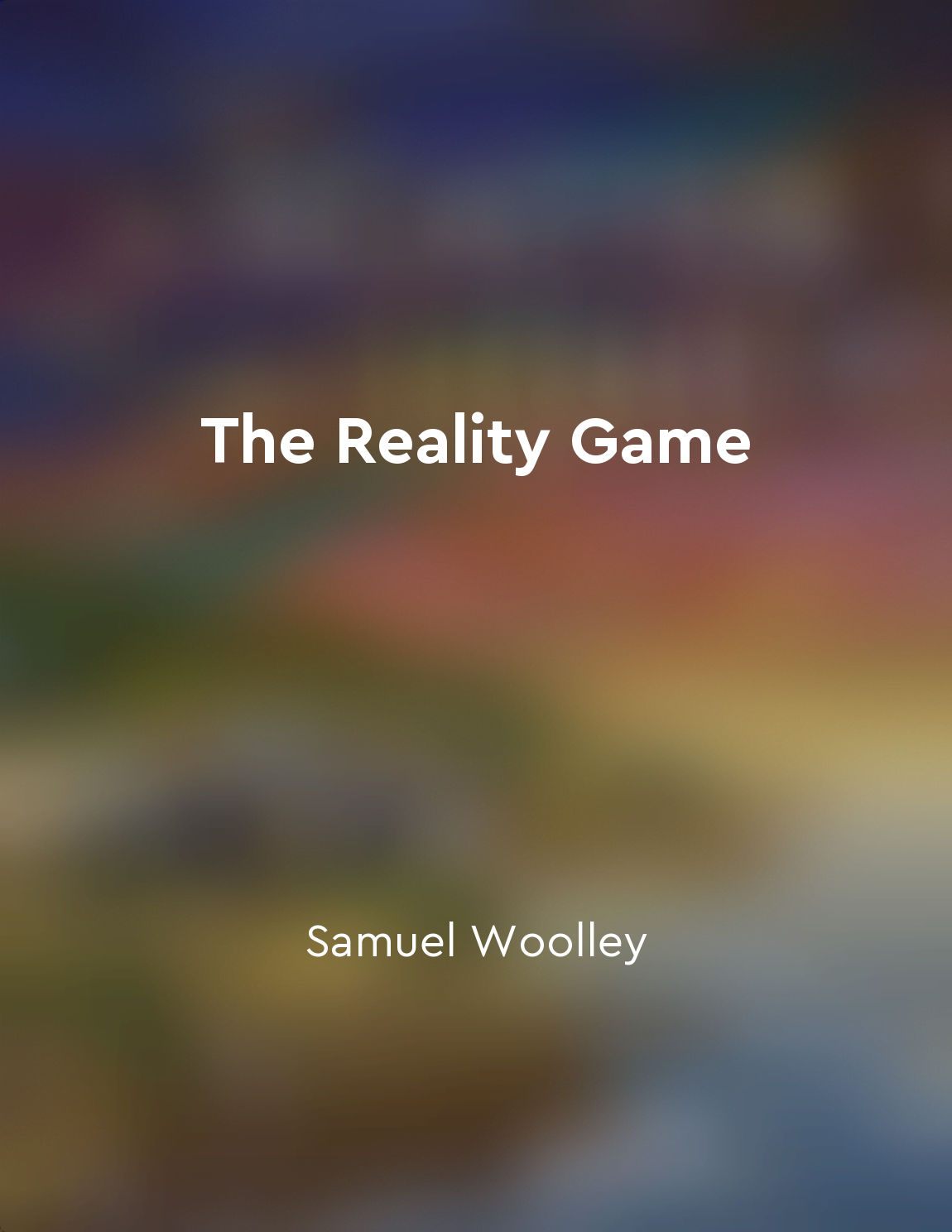Digital disinformation is a pervasive threat from "summary" of The Reality Game by Samuel Woolley
Digital disinformation is not just a minor inconvenience or a passing fad. It is a widespread and persistent threat that has the power to shape our beliefs, behaviors, and even our democracies. In today's digital age, false information can spread like wildfire, reaching millions of people in a matter of seconds. This rapid dissemination of disinformation can have far-reaching consequences, from fueling political polarization to inciting violence.
The pervasiveness of digital disinformation is due in large part to the rise of social media platforms and other online spaces where information can be easily created, shared, and manipulated. These platforms provide a fertile breeding ground for false narratives, conspiracy theories, and propaganda to take root and flourish. What makes digital disinformation especially dangerous is its ability to target specific audiences with tailored messages that exploit their fears, biases, and vulnerabilities.
Moreover, the sheer volume and speed at which disinformation spreads online can overwhelm our ability to discern fact from fiction. In a world where information is constantly being bombarded at us from all directions, it can be challenging to separate truth from lies. This digital deluge of misinformation can erode trust in institutions, undermine public discourse, and ultimately threaten the very fabric of our societies.
Combatting the spread of digital disinformation requires a multifaceted approach that involves individuals, technology companies, governments, and civil society working together to address the root causes of the problem. This includes promoting media literacy skills, improving digital literacy education, enhancing fact-checking mechanisms, and holding purveyors of disinformation accountable for their actions.The fight against digital disinformation is not just about debunking false stories or removing fake news. It is about defending the integrity of information, protecting the public sphere, and upholding the principles of truth, transparency, and accountability in the digital age. Only by recognizing the pervasive threat that digital disinformation poses can we begin to develop effective strategies to counter it and safeguard our societies from its harmful effects.

Open in app
The road to your goals is in your pocket! Download the Oter App to continue reading your Microbooks from anywhere, anytime.


